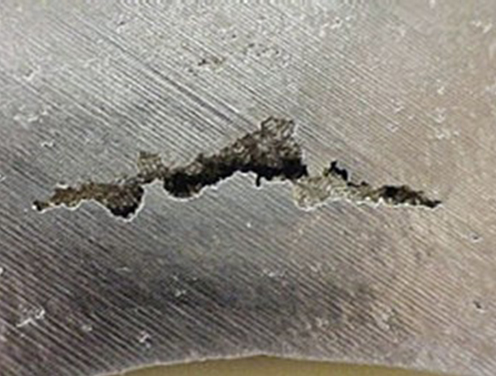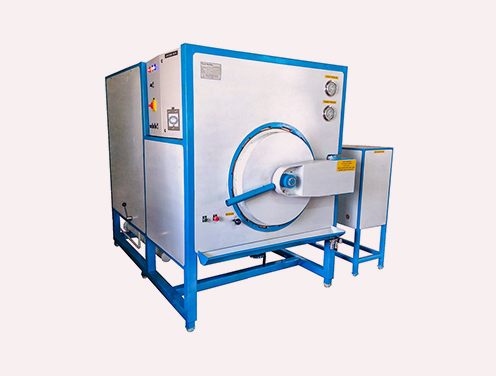Tip-1: Wax should have low specific heat
Specific heat of wax is the quantity of heat energy required to increase the temperature of 1 gram of wax by 1°C (degree Celsius) The temperature of a wax with low specific heat increases very quickly, as compared to a wax of higher specific heat.
Behavior of Low Specific Heat wax during de-waxing:-
- Wax will melt very quickly during de-waxing.
- Surface of the pattern will melt quickly, before heat reaches the centre of the pattern. This avoids pattern expansion and reduces the risk of shell cracking.
- De-waxing can be done at lower temperatures and pressures. This keeps the cost of de-waxing low.
- De-waxing is faster. The de-waxing cycle times can be reduced, with increased productivity.

Other advantages of low specific heat wax:-
- This wax melts and solidifies quickly thus reducing cost of wax melting.
- Wax temperature can be controlled easily as it quickly gains or loses heat.
- Moulding cycle time can be reduced as this wax cools quickly.
Conclusion:-
- Wax of low specific heat offers considerable advantages over wax of higher specific heat.
- The ultimate advantage is that it is both economical and easier to use a wax of low specific heat as compared to a wax of high specific heat.
Tip-2: Wax should exhibit low viscosity at De-waxing temperature
Viscosity:-
is a measure of a fluid’s resistance to flow It describes the internal friction of a moving fluid. A fluid with large viscosity resists flow because its molecular makeup gives it a lot of internal friction.
During De-Waxing:-
A low viscosity wax will flow out of the shell very quickly during de-waxing. The melted surface of the wax will flow away quickly, before the main sections of the wax pattern starts melting. Thus, creating space for pattern expansion. This reduces the risk of shell cracking.
Other advantages of using low viscosity wax:-
- This type of wax flows easily into the die / tool during injection. Lower injection pressures may be successfully used.
- The wax flows more easily, thus filling the dies / tool quickly helping in reducing the injection cycle times.
- Low viscosity wax easily flows into narrow die profiles and allows for better detail reproduction.
Conclusion:-
- Low viscosity wax has better flow properties than high viscosity wax.
- This gives better dewax performance and improves productivity
- Detail reproduction in small castings is better.



